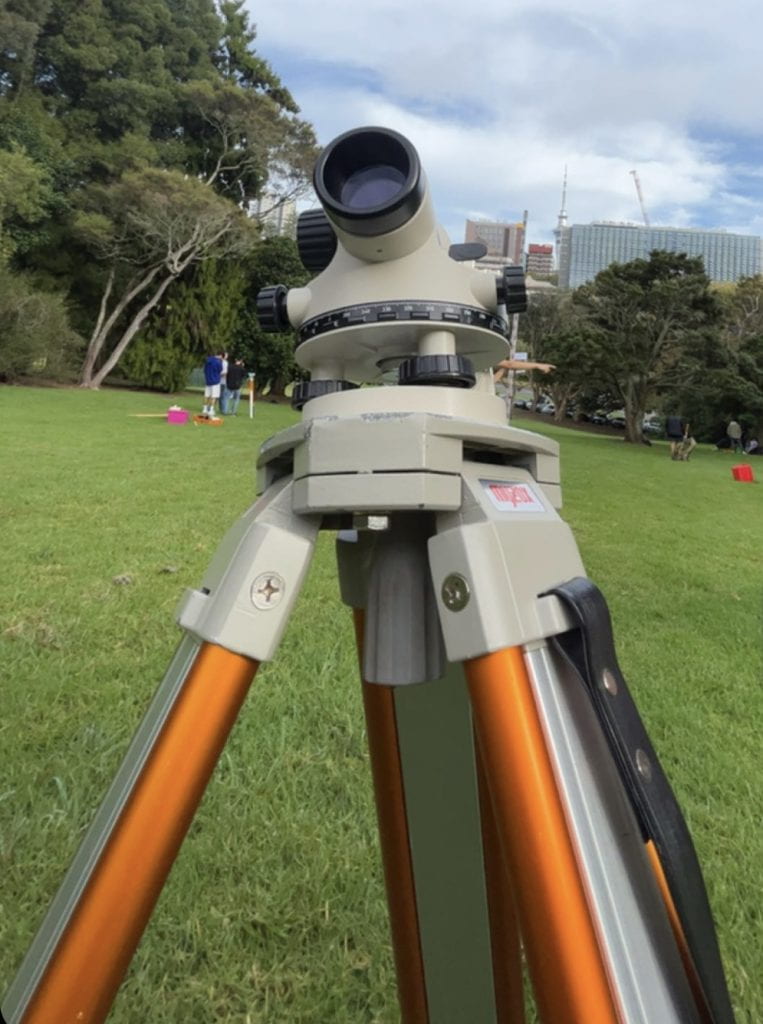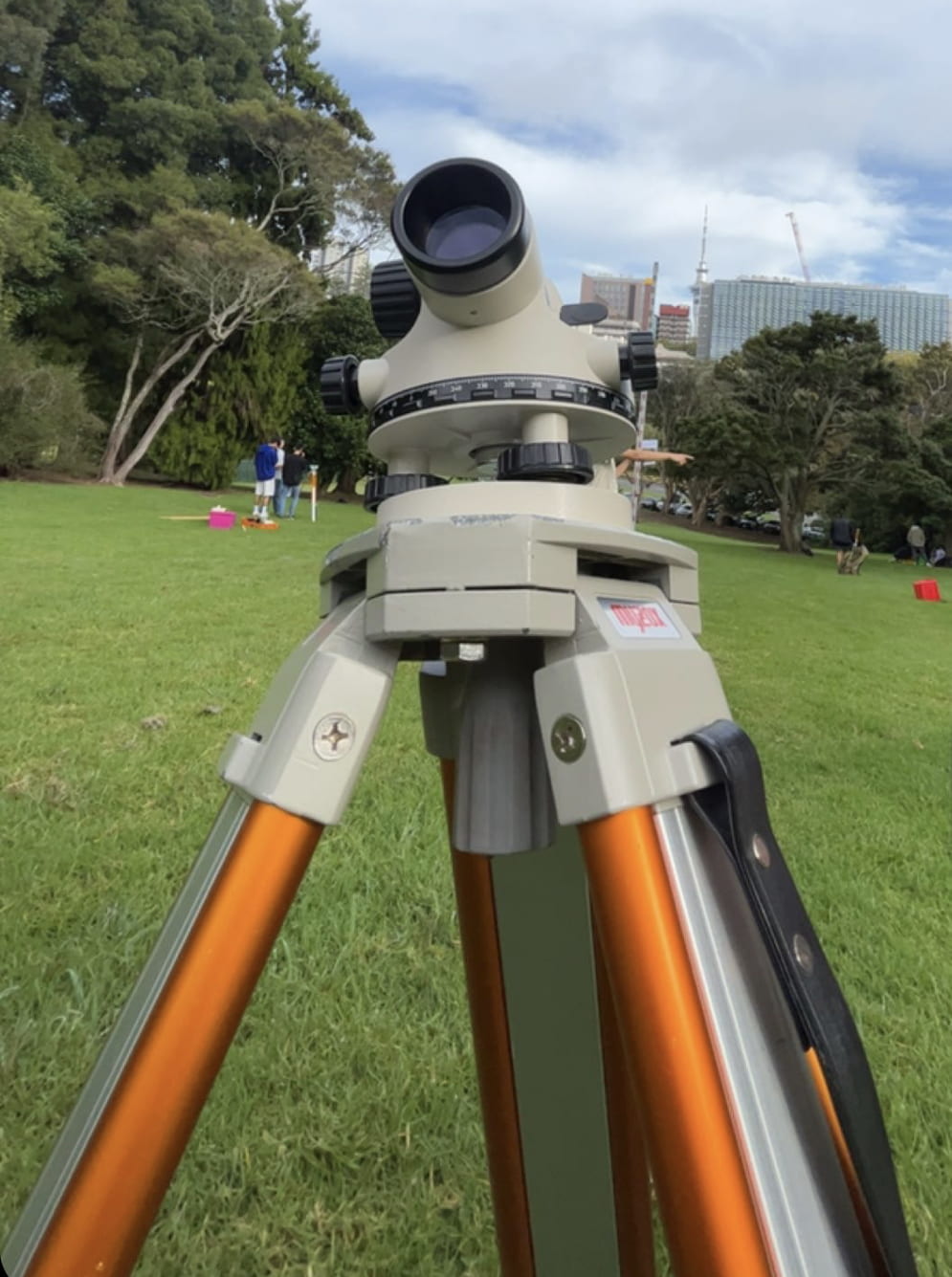Part II Semester 1….
Well you’re probably wondering how the Civil program is structured…..
Heres a rundown of Part II Semester 1:
Two Civil papers (Civil 203& Civil 203). A structural paper (Strcteng 200), and a general engineering paper (Engsci 211).
Allow me to break them down for you.
ENGSCI 211 (Mathematical Modelling II aka MM2)
*Might be good to tell your mates to have a read of the MM2 review too since its so detailed*
Basically, MM2 is a general paper which all engineering students must pass in order to proceed to Part III and builds onto your toolbox of skills from this year introducing some new topics like statistics. Probably the most well structured course I have come across but I didn’t really enjoy it much as I felt it was tailored to ENGSCI students rather than Civil or Structural. Some of the examples we went through are just completely out of interest and a lot of students felt this way. Learned a lot though which is good!
The topics seen in this paper are listed and illustrated below:
(ODE) – Ordinary differential equations
This year you learned how to solve an ODE that looks like:

But how would you solve a ODE that looks like this?

In ENGSCI211 you will learn how to solve these sorts of ODEs
(DA) – Data Analysis
Some of the things you will get exposed to when approaching stats in this course is the usage of statistical terminologies and RStudio where looking at the case studies will be really useful for the assignment and test….

(MVC) – Multivariable Calculus
Are you sick of seeing those weird ∂ and double ∫ symbols (∫∫)?
In this part of the course you will learn how to solve expressions which contain these things as well as other interesting segments shown below:


(LA) – Linear Algebra
LA simply builds from Part I’s Guassian elimination and Fourier series, so overall not too bad.
CIVIL 203 (Geomatics and Transport)
The course follows a clear structure, comprising two interrelated subjects, Geomatics and transport. The initial six weeks emphasise in-depth Geomatics learning through hands-on practice, while the following six weeks delve into roading geometry, enhancing your subject understanding.
Here are some pics below:


I know I know, it looks hard! But trust me, its not that bad. You’re in good hands in regards to the lecturers teaching.
CIVIL 202 (Fluids)
This was a pretty fun course, obviously being a new topic of fluids. You get exposed to things such as pipe flows, open channel flows, interesting fluid phenomenas which occur and interesting reports to write. If I had one tip to tell anyone. It would be to take the labs and reports seriously. The tests and exams were pretty tough, but remember, if everyone does bad, they will take into consideration potentially scaling so its not the end of the world. The lecturers, Colin and Kobus, are extremely outgoing, highly qualified and they tend to treat students more like humans rather than another number. If I didn’t understand something, they would always be nice and teach me till I 100% understand it. Also if you shout something out incorrect in class, they’re super chill about it and help teach you. Both are the nicest most professional educators I’ve had in my life honestly. Fluids is tough, but if you put the time and effort, you will be fine.

STRCTENG 200 (Intro to structures)
“If a doctor messes up, he kills 1 person. If you mess up as a structural engineer, you’re killing thousands.”
If you’re passionate, and into buildings this course forms the basics of structural engineering. This course is fun, especially the Labs. You get exposed to things such as beam stress/shear calculations along with seeing if a structure is stable. The course is mainly calculation based with small structural engineering construction theory. Quincy and Lucas are super cool and passionate. Obviously it is a work intensive course which requires a lot of time to understand the concepts, a ENGGEN121 statics section on steroids in my opinion.

Overall Tips:
Time management is key. I had a good sense of it when doing semester 1 and it saved me a lot of time. Those who struggled in semester 1 thought they could get A’s in their sleep, it’s not like that. You need to change your priorities, sacrifice a lot of recreational time as well as maintaining a balance to preserve mental health. Some people got a shocks from hard tests, remember, if you underperform, it’s not the end of the world, don’t be a perfectionist with your marks because it will take a toll on you. Don’t go into Part II thinking the survival of the fittest type tests are all gone like Part I. You will see some of the toughest assessments set in all the other years. Life hits you with all sorts of things, just remember, if you struggle there is help. P1AC is full of really high achieving students that not only help you but motivate you to do well.
Study, put the mahi in, and you will be fine.
Talk soon,
Alex
